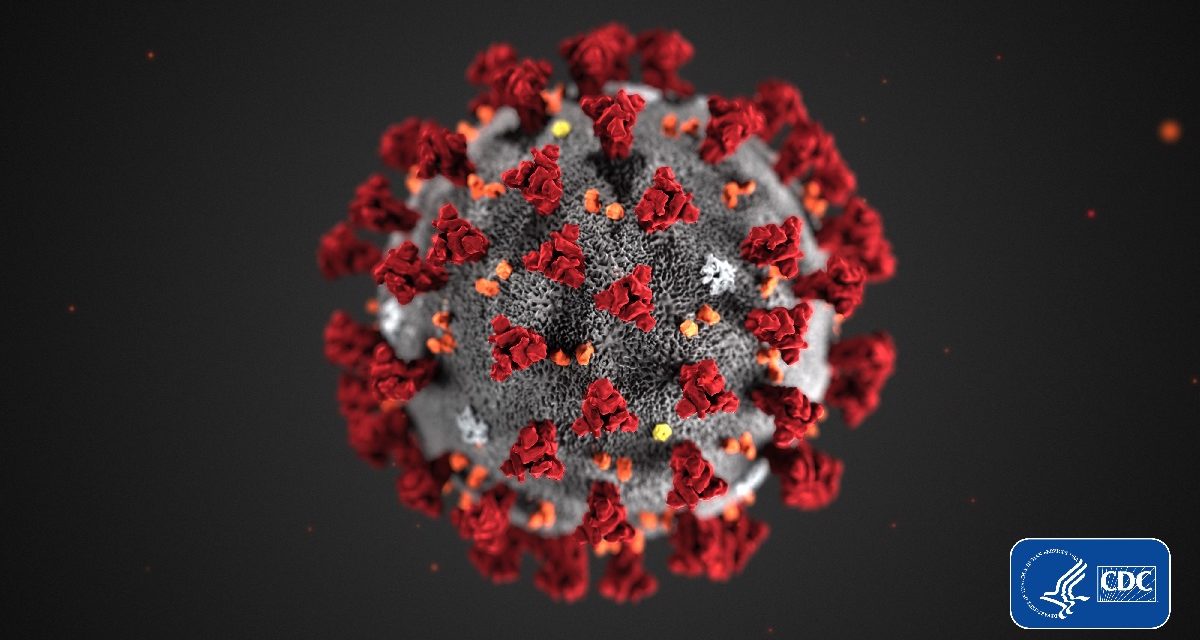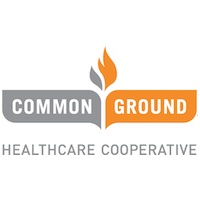
Officials watching COVID-19 cases closely in Milwaukee’s Latinx community

Milwaukee officials are keeping a close eye on COVID-19 in the county’s Latinx community, including differences in percentages of how many have confirmed cases of the illness and how many have died from it.
According to data released
Tuesday, 3,194 cases of the 9,001 reported in the county were Latinx, the highest of any ethnic and racial category in the data. The data also show that 36 of the 301 deaths were Latinx.
Similarly, at the state level
, Latinx make up a third of confirmed cases of COVID-19 and 10 percent of deaths.
Dr. Ben Weston, director of medical services at the Milwaukee County Office of Emergency Management, said overtesting could be one factor, given testing at the United Migrant Opportunity Services and Sixteenth Community Health Centers on the city’s south side.
“The more you test, the more cases you find,” Weston said.
However, Weston said it’s more likely that “protective factors” might be leading to less deaths in the Latinx community.
That includes age distribution, with people in their 30s, 40s or 50s with the illness as opposed to those older than 60. Younger people tend to do better with COVID-19, he noted.
Another factor could be less of the population in congregate living facilities, like nursing homes and other long-term care facilities, which are at higher risk.
And it’s possible that hospitals have improved care so that those who have COVID-19 might do better than at the onset of the pandemic.
There’s also the so-called “Hispanic paradox,” where communities have higher rates of chronic disease and lower death rates, he said.
A final possibility is that the community was only recently affected by the disease, meaning that deaths are coming, Weston said.
“Deaths are our most lagging indicator,” he said. “It could be that the reason why deaths are lower is because it’s a community that’s more recently affected. We hope certainly that’s not the cause.”
Weston said they’re watching the data closely and trying to determine how to best shift resources to mitigate the disease.
Milwaukee Health Commissioner Jeanette Kowalik said they’re planning to boost outreach to the Latinx community. They’re ensuring that there are culturally and linguistically appropriate materials and that people are getting the care they need.
Dr. Molly Cousin, a doctor at Sixteenth Street Community Health Centers, which serves the city’s south side, said the higher proportion of cases and lower proportion of deaths could be related to oversampling.
“We have been testing a lot of people in the clinic compared to other organizations,” she said. “We were always a couple of weeks ahead of kind of who should be tested based on the health department guidelines just because we were contracted with a lab that had adequate supplies.”
She added that their population faces health disparities similar to other ethnic and racial groups, with more diabetes, hypertension and obesity.
“If you compare that to the concerns that have been coming out of the literature, especially in regards to the African American community, I think it’s very interesting,” she said.
Wisconsin Health News is removing the password on all stories related to the coronavirus. For the latest developments follow us on Twitter at @wihealthnews or check out our website. For complete healthcare coverage, sign up for a free trial to our daily email newsletter.






























.jpg?bwg=1612548324)
